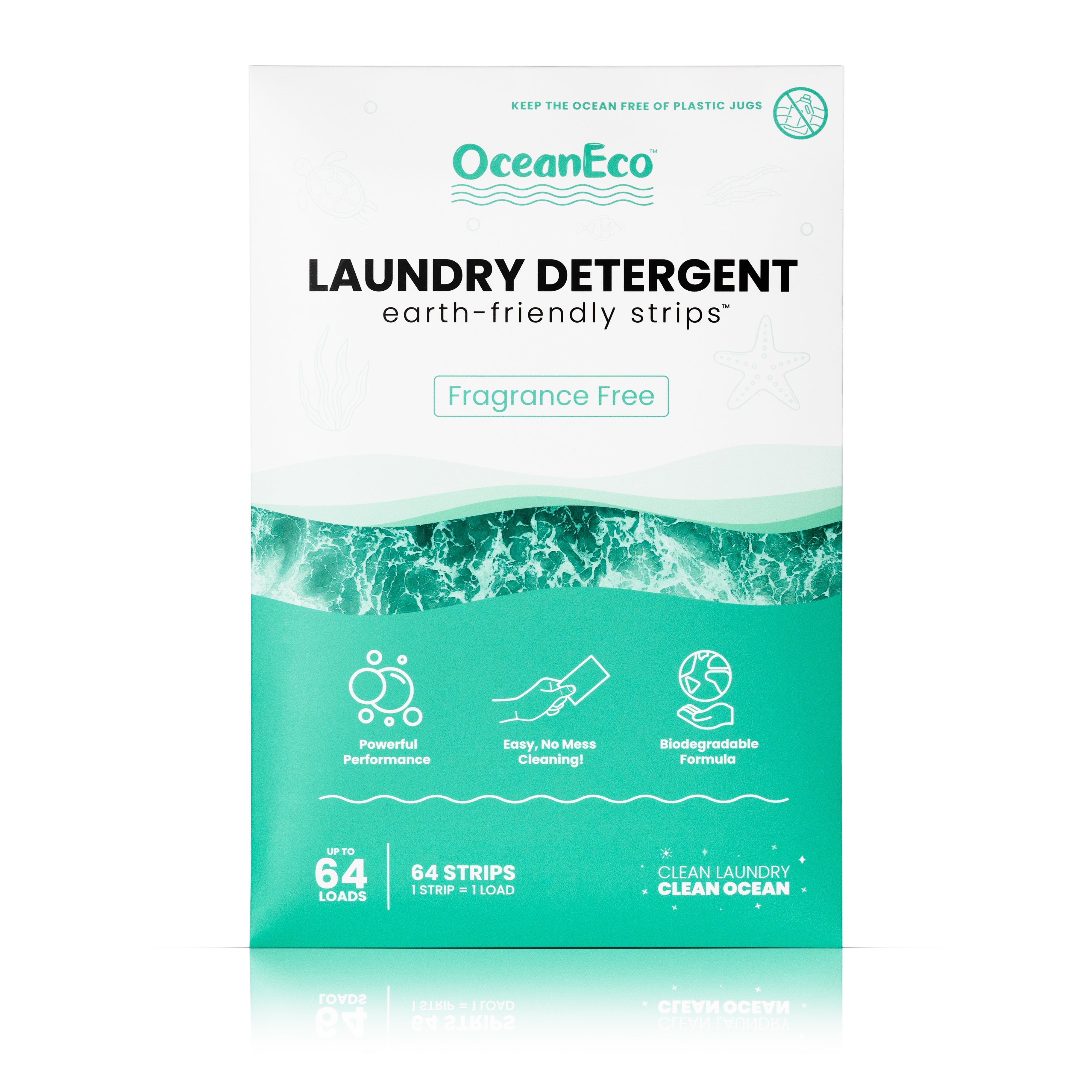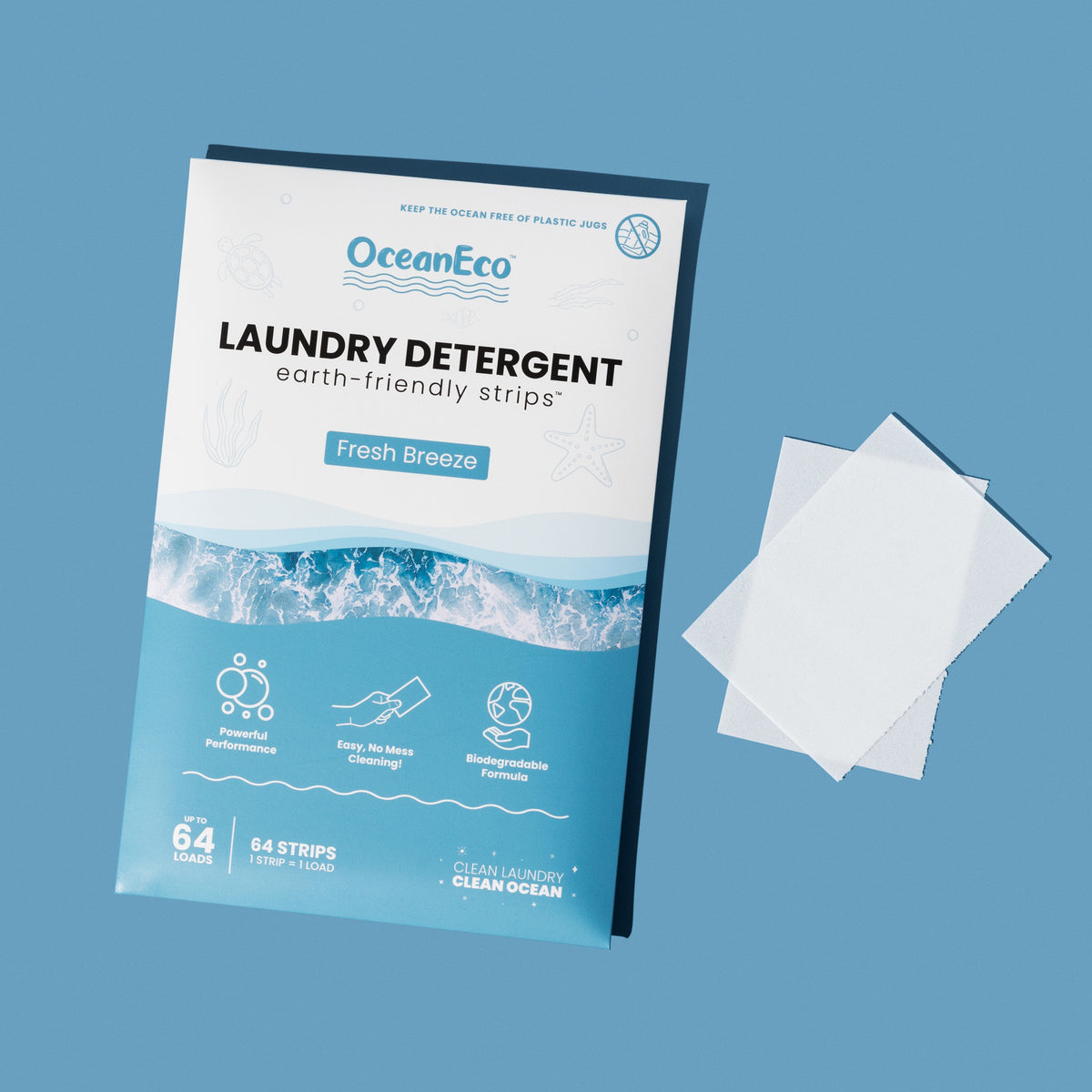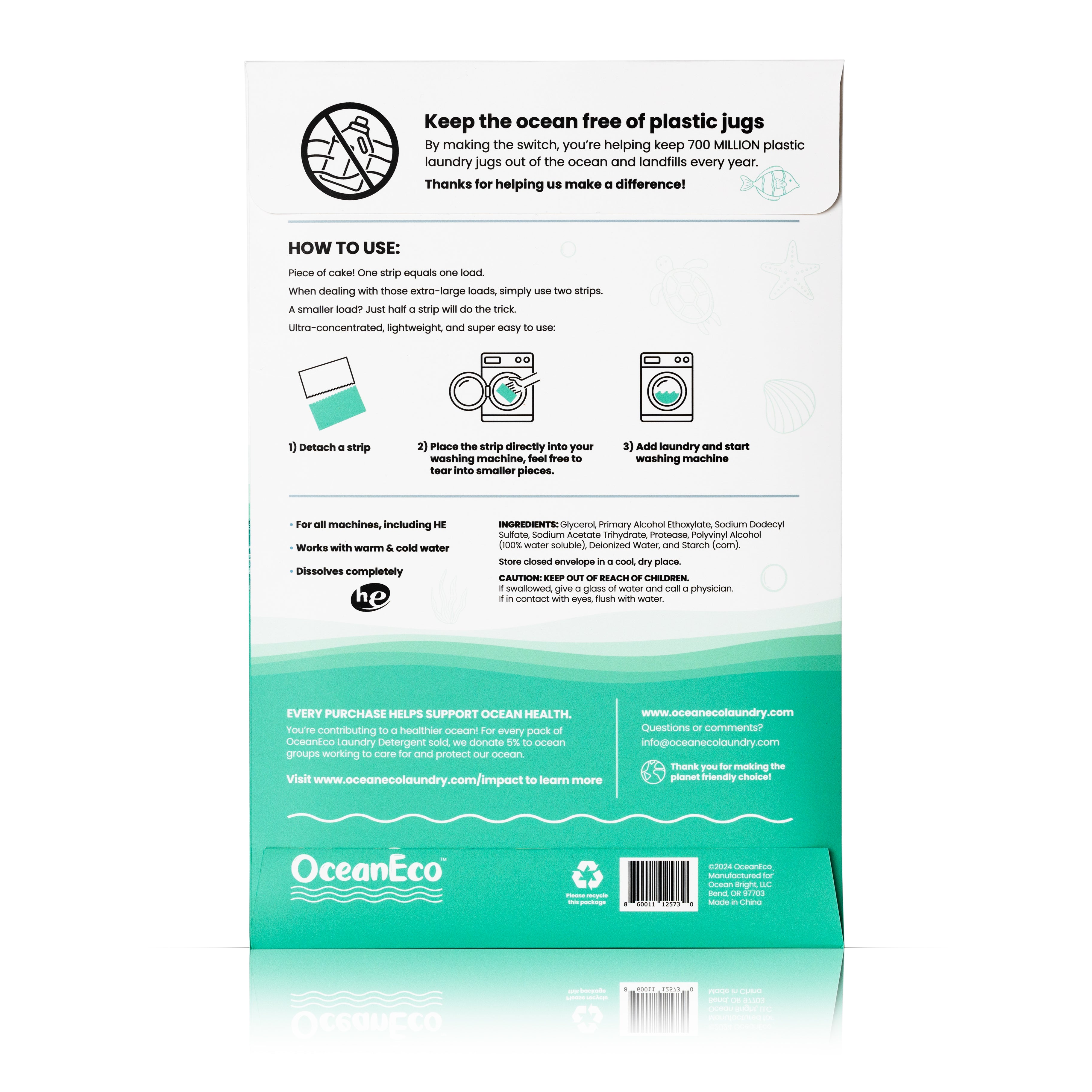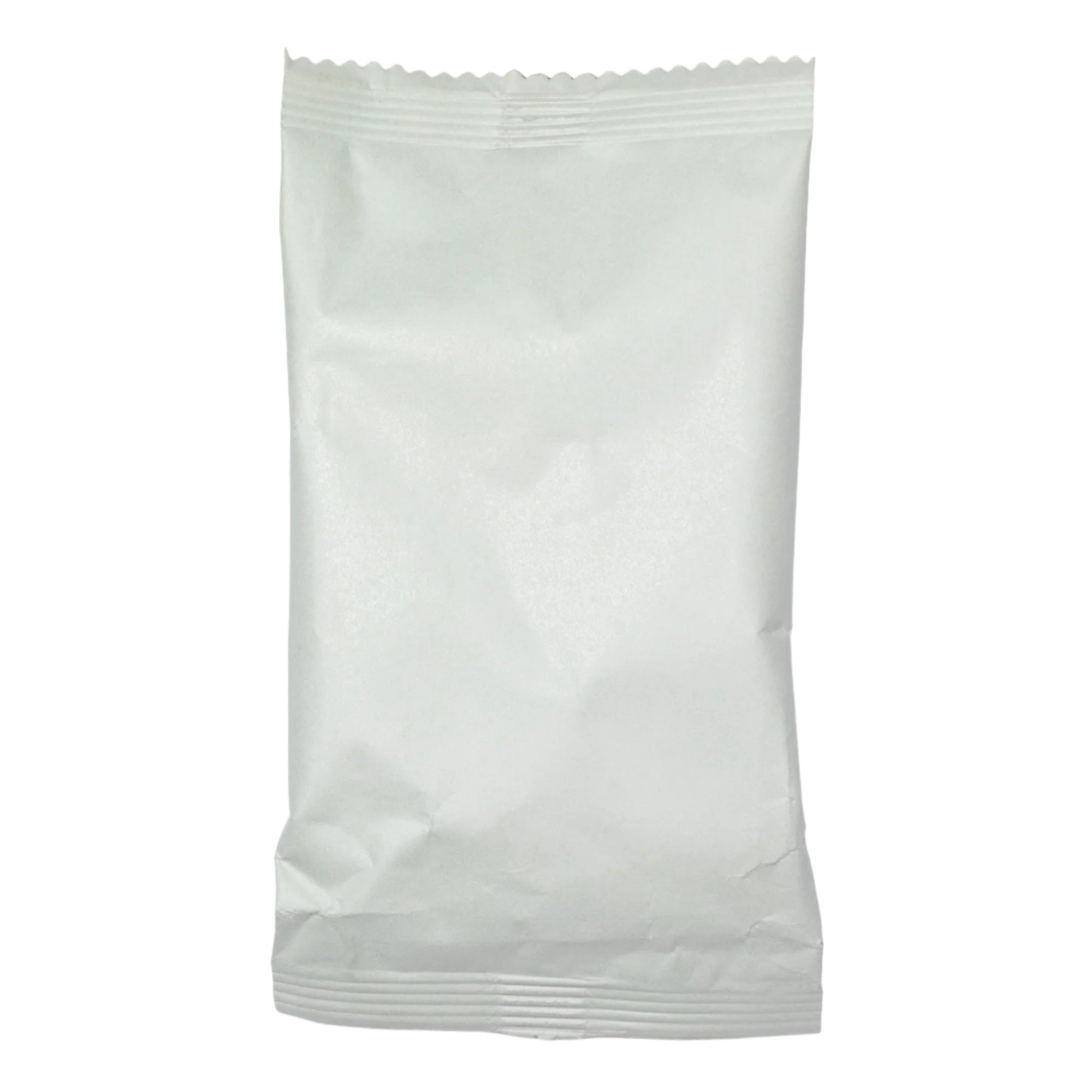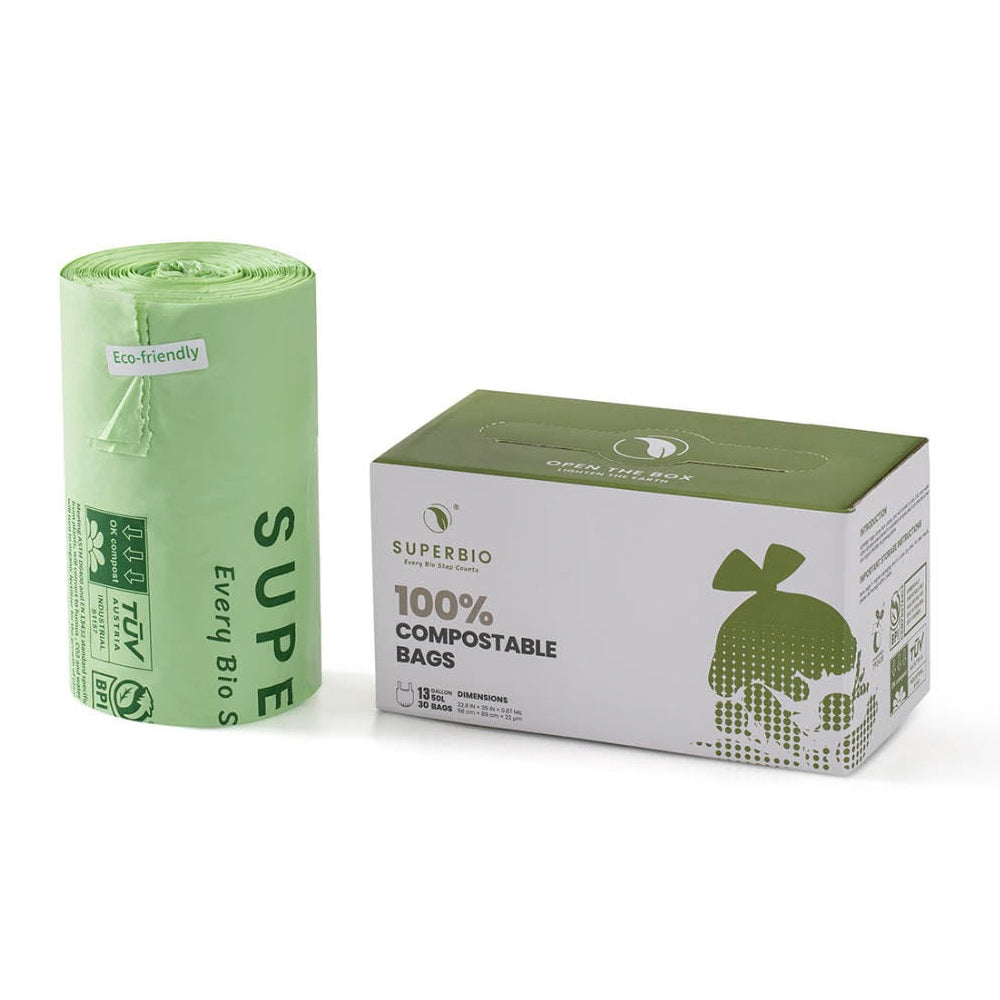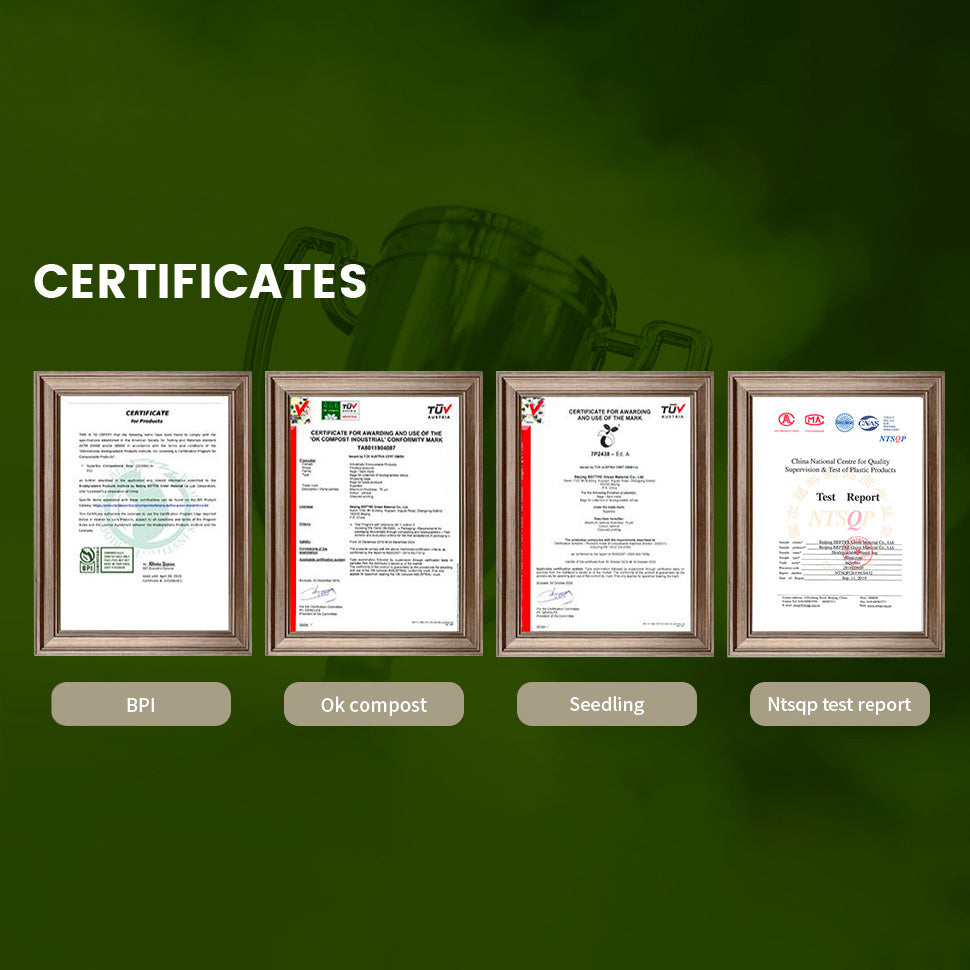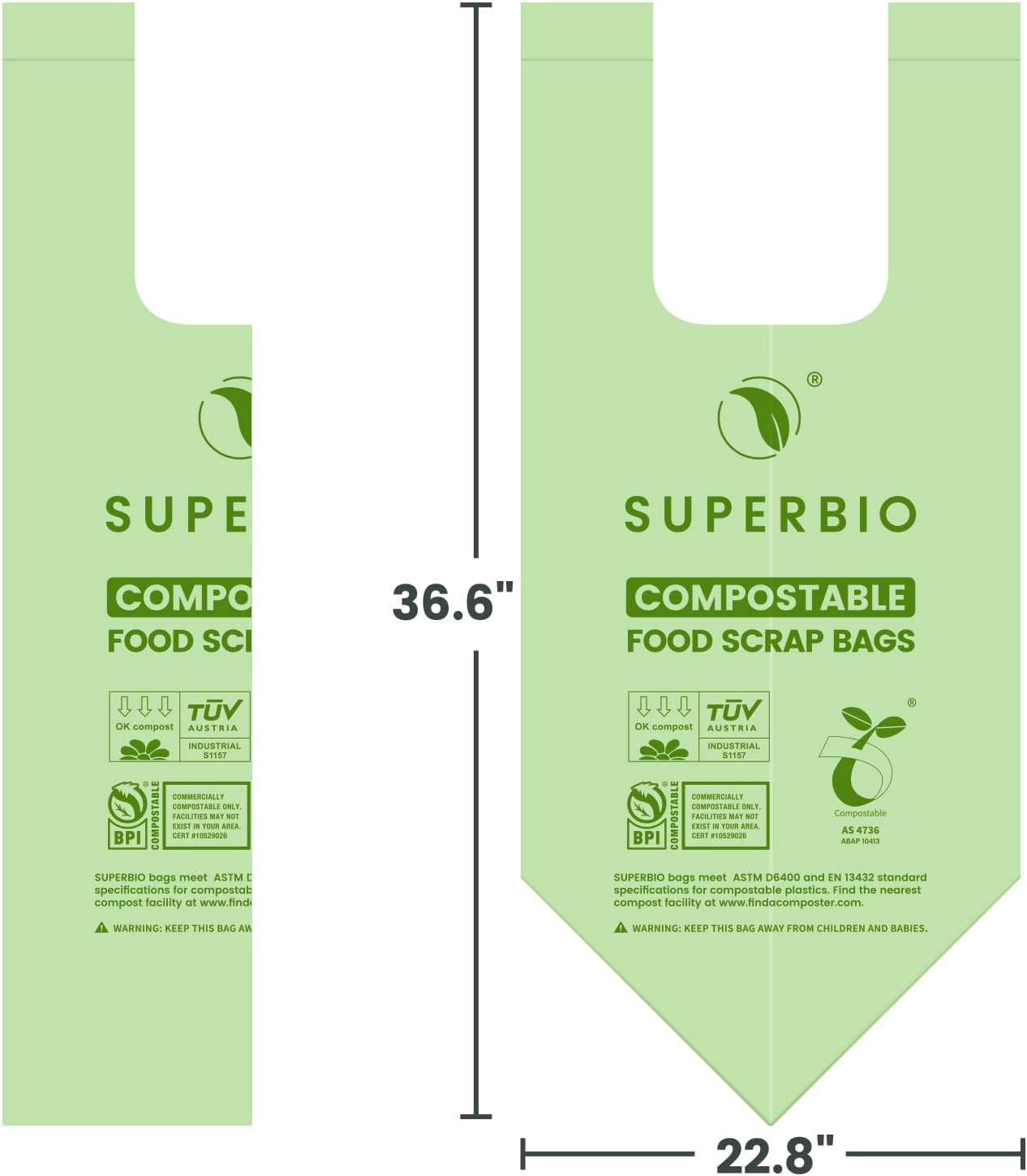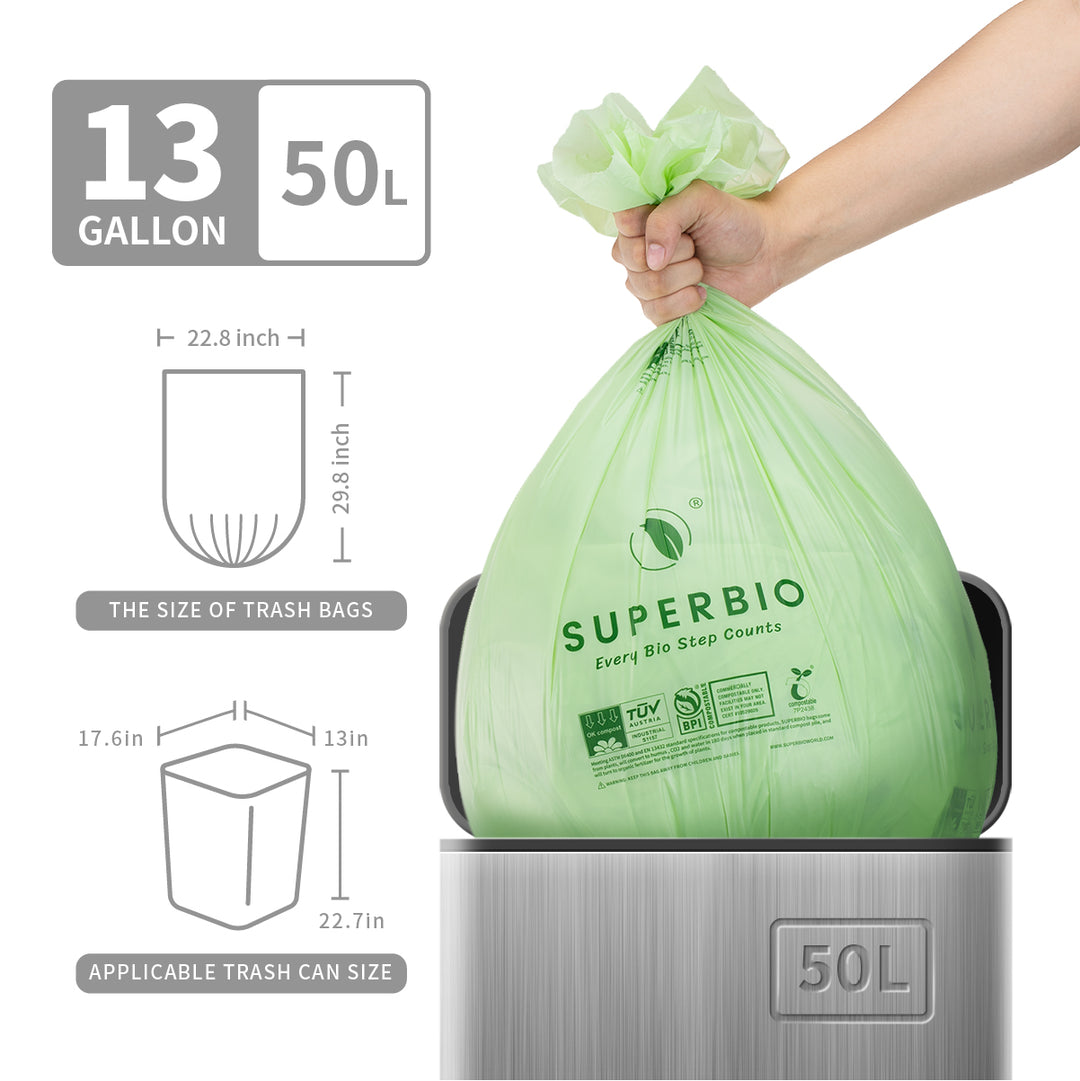Seals Harness the Power of the Ocean to Conquer Vast Migrations
Seals across the world use the ocean’s natural forces to cover long distances between feeding areas and breeding grounds. By aligning their movements with currents, fronts, and even seasonal winds, they can conserve energy and improve survival rates. Satellite tracking and sensor data have revealed just how much these marine mammals depend on the physical patterns of the ocean to complete their migrations.

Seals use powerful ocean currents to travel long migration routes.
Following Food and Favorable Flows
Northern fur seals time their spring migration north to coincide with areas rich in prey. Studies from the University of Hawai‘i at Mānoa and Kyoto University show that the Kuroshio–Oyashio Transition Zone offers both abundant food and current systems that reduce the effort needed for long-distance travel. In this region, continental shelf-breaks and water temperatures between 8–13°C create prime feeding conditions, while the fast-moving edges of anticyclonic eddies help the seals move more efficiently, UH News reports.

Northern fur seals time their migrations to follow prey-rich waters.
Winds Steering Young Travelers
For young northern fur seal pups leaving the Bering Sea on their first migration, wind patterns can be just as influential as currents. Research tracking over 150 pups found that strong winds from the west often pushed them eastward toward the Gulf of Alaska, while weaker winds from the north kept them closer to the Aleutian Islands. As Phys.org reports, these shifts can amount to hundreds of kilometers of displacement, affecting where the pups spend their critical first months at sea.
In Antarctic waters, species such as Weddell and elephant seals dive beneath sea ice and navigate the Antarctic Circumpolar Current. They often concentrate their foraging in sub-mesoscale fronts, zones where nutrient-rich water rises to the surface, fueling phytoplankton blooms and attracting fish and squid. Tracking studies have also shown that these seals move through turbulent areas where ocean heat is transferred between layers, influencing climate-related processes on a global scale.

Warm and cold water boundaries help concentrate marine life.
Seal-Borne Ocean Sensors
For over two decades, scientists have been attaching sensors to seals during their time on shore. The devices record temperature, salinity, pressure, and chlorophyll levels during dives, transmitting data via satellite when the seals surface. As The Conversation reports, this method has allowed researchers to map remote ocean regions, trace how warm water reaches Antarctic ice shelves, and track how excess heat sinks into deeper layers of the ocean. Such information is critical for understanding sea-level rise and shifting marine ecosystems.

Surface winds can push seal pups hundreds of kilometers off course.
Changing Oceans, Changing Strategies
Long-term monitoring has shown that seals may alter migration routes and feeding habits as ocean conditions change. In some cases, melting ice can open new foraging areas, but continued warming may shift prey distributions and increase competition with fisheries and other predators. According to Phys.org, these patterns highlight the close connection between seal behavior and the changing dynamics of the ocean.
From the North Pacific to Antarctica, seals’ ability to navigate and exploit ocean currents not only sustains their migrations but also provides scientists with a powerful tool for studying the planet’s most inaccessible waters.































































































































































































